Choosing the right welding method is critical for ensuring the durability and efficiency of industrial valve systems. When evaluating “Socket Welds vs Butt Welds,” understanding their impact on valve performance is key. Both methods are widely used in applications involving ball valves, gate valves, and butterfly valves, offering unique advantages based on operational requirements. Socket welds are often seen in compact pneumatic valve systems, while butt welds excel in applications like electric valves and flanged ball valves, where leak resistance is paramount. By carefully matching welding techniques to valve types, industries can achieve reliable, high-performance systems.
Introduction Socket Welds vs Butt Welds
Socket Welds vs Butt Welds are two commonly used methods in industrial valve systems, each offering distinct benefits. Socket welds are favored for compact installations and robust connections, making them ideal for applications involving pneumatic ball valves and 3 way ball valves. On the other hand, butt welds provide superior leak resistance and long-term reliability, often used with electric ball valves and globe valves in high-pressure environments. Whether selecting a pneumatic control valve or another specialized option, understanding these welding methods ensures optimal performance and durability across various industrial applications.
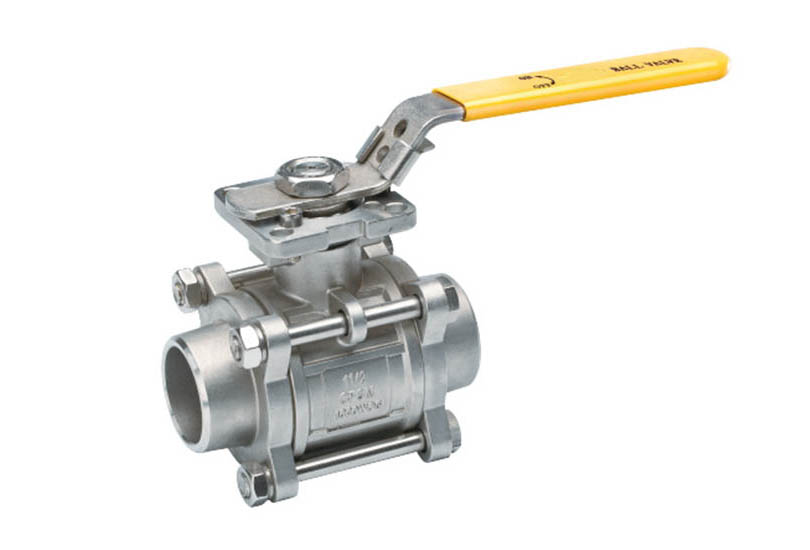
Overview of socket welds and butt welds in industrial valve connections
Socket welds and butt welds are two connection methods used in industrial valve systems. Socket welds involve inserting the pipe into a recessed area of the valve before welding, offering a quick installation process. Butt welds require welding the edges of pipes and valves directly together to form a seamless connection. Both methods are widely applied with valve types, ensuring proper alignment and system performance in various industrial operations.
Importance of selecting the right welding method for critical systems
Selecting the right welding method is essential for ensuring the functionality and safety of critical systems. Socket welds are suitable for compact layouts and specific applications, while butt welds are used for creating strong, seamless connections. Proper selection supports system compatibility, reduces risks, and maintains operational efficiency in industrial processes.
Key applications for socket welds and butt welds in industries
Socket welds are used in industries where space is limited, and connections need to be simple, such as in pipelines and small valve assemblies. Butt welds are applied in systems handling high pressure and temperature, ensuring secure and continuous connections for critical operations. Both methods serve specific roles in industrial setups to meet system requirements.
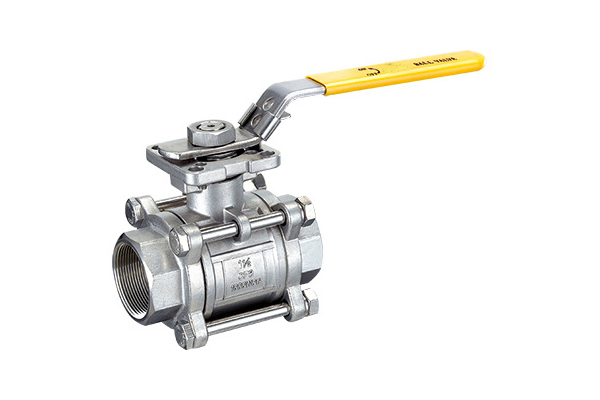
Understanding Socket Welds vs Butt Welds
Key differences between socket weld and butt weld joints in piping systems
Socket weld joints connect pipes by fitting one into a recessed socket and welding it in place, creating a fillet weld. Butt weld joints align pipes end-to-end and fuse them together with a full penetration weld. These methods differ in installation technique, with socket welds suited for smaller pipelines and butt welds preferred for systems requiring continuous and seamless connections.
How each welding method influences valve selection like ball valves, gate valves, and butterfly valves
Socket welds are commonly used with smaller valves like ball valves and gate valves where installation spaces are confined and operational demands allow for fillet welds. Butt welds are applied to valves such as butterfly valves and larger gate valves in systems that require strong and seamless connections. The choice of welding method ensures compatibility with the valve’s size, pressure handling, and system conditions.
Durability and reliability considerations in high-pressure environments
Butt welds are typically used in high-pressure environments due to their ability to create seamless, full penetration joints that reduce the risk of leaks. Socket welds, while easier to install, are limited to lower pressure applications because of the fillet weld design. Choosing the appropriate welding method ensures structural integrity and reliability under specified pressure conditions.
Advantages and Drawbacks of Socket Weld Connections in Valves
Why socket welds work well with globe valves, 3 way ball valves, and pneumatic ball valves
Socket welds are suited for globe valves, 3-way ball valves, and pneumatic ball valves due to their ability to provide stable connections in compact spaces. This method simplifies installation and aligns with the design needs of these valve types in systems where high performance and operational efficiency are maintained with fillet welds.
Benefits of socket welds in compact systems requiring robust connections
Socket welds offer a dependable solution for compact systems by providing strong connections in limited spaces. Their design allows for easier alignment and installation, contributing to system integrity in applications where size constraints and operational demands necessitate secure pipe-to-pipe or pipe-to-valve joints.
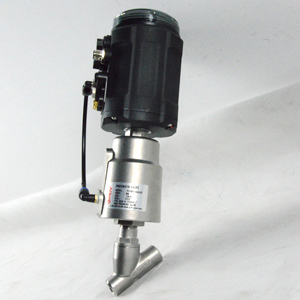
Limitations in terms of pipe size and common challenges during installation
Socket welds are limited to smaller pipe sizes due to the design of the recessed socket, which is not suitable for larger diameters. Common challenges during installation include ensuring proper alignment, achieving adequate weld penetration, and addressing potential thermal stress concentration at the joint, which may require additional quality control measures.
Benefits and Challenges of Butt Weld Connections for Valves
The role of butt welds in critical applications for electric valves and pneumatic control valves
Butt welds are used in critical applications for electric valves and pneumatic control valves because they provide seamless joints capable of withstanding high pressures and temperatures. These connections ensure structural integrity and minimize the risk of leaks, which is essential for maintaining performance in demanding operating conditions.
Enhanced leak resistance and long-term reliability for applications like flanged ball valves
Butt weld connections provide effective leak resistance and ensure long-term reliability in applications such as flanged ball valves. Their seamless design reduces potential weak points, maintaining the joint’s integrity under sustained pressure and temperature variations common in critical operational environments.
Challenges with precise alignment, especially when working with larger valve sizes
Butt weld connections can present challenges with precise alignment, particularly with larger valve sizes that require more complex handling during installation. Ensuring proper fit-up and maintaining alignment throughout the welding process is critical to prevent joint defects and ensure structural integrity in the system.
Selecting the Right Valve for Socket Welds or Butt Welds
Matching welding connections with valve types (e.g., flanged ball valves vs electric ball valves)
The choice of welding connection depends on the valve type and its application. Flanged ball valves often use socket welds for easier maintenance and compact installation, while electric ball valves typically require butt welds to ensure seamless connections for high-pressure and high-temperature environments. Selecting the appropriate method ensures compatibility and performance.

Flanged ball valves
Flanged ball valves are designed to allow for easy assembly and disassembly, making them suitable for applications that require regular maintenance or inspections. They often use socket weld connections to simplify installation and achieve a secure joint while minimizing the need for additional reinforcement. This design makes them widely used in systems where accessibility is a priority.
Electric ball valves
Electric ball valves are used in applications requiring automated control, often operating under higher pressure or temperature conditions. These valves typically utilize butt weld connections to create a seamless joint that maintains system integrity and reduces the risk of leaks. Their design enables precise flow regulation in demanding environments.
Common industrial scenarios where a gate valve or a butterfly valve may work better with one welding type over the other
Gate valves are often paired with butt welds in systems requiring high-pressure sealing and minimal leakage risk, as the seamless joint ensures structural integrity. Butterfly valves, on the other hand, may use socket welds in lower-pressure applications where ease of installation and future disassembly are priorities. Selecting the appropriate welding type depends on the specific pressure, temperature, and maintenance needs of the system.
Using pneumatic valves for efficient automation in socket or butt weld systems
Pneumatic valves are used in automated systems to provide controlled actuation, making them suitable for both socket and butt weld systems. Socket welds may be selected for applications that benefit from secure yet accessible joints, whereas butt welds can be employed to create seamless connections in high-pressure or high-temperature environments. The choice of welding type depends on the system’s operational and maintenance requirements.
Industry-Specific Applications for Socket Weld and Butt Weld Valves
How industries like oil & gas, chemical processing, and water systems utilize specific valve types
Oil and gas industries use gate valves with butt welds to handle high-pressure systems and ensure leak-proof operation. Chemical processing facilities often employ ball valves with socket welds for secure connections and ease of maintenance in corrosive environments. Water systems utilize butterfly valves with socket welds to simplify installation and support moderate pressure levels, ensuring efficient flow control. The choice of valve type and welding connection aligns with operational demands and system conditions.
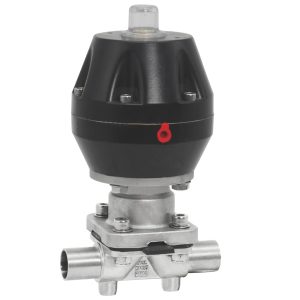
Examples of ball valve and pneumatic control valve usage in harsh environments
Ball valves with butt welds are used in harsh environments to handle high-pressure and high-temperature operations, ensuring long-term system integrity. Pneumatic control valves are employed in automated processes within such conditions, offering precise actuation and flow regulation. The choice between these valves depends on the system’s requirements for durability, automation, and maintenance access.
Evaluating the role of welding methods in pipeline longevity and performance
Welding methods directly impact pipeline longevity and performance by influencing joint strength and leak prevention. Socket welds provide a reliable option for smaller pipelines with lower pressure demands, while butt welds create seamless connections suited for high-pressure and high-temperature conditions. Selecting the appropriate welding method depends on the operational pressures, temperatures, and maintenance requirements of the system.
Maintenance and Inspection Considerations for Welded Valves
Regular checks for wear and tear in systems using 3 way ball valves or pneumatic valves
Regular inspections of systems using 3-way ball valves or pneumatic valves help identify wear and tear that could impact performance. Monitoring sealing surfaces, actuators, and connection points ensures timely detection of issues and reduces potential downtime. Maintenance schedules should align with system operating conditions and valve usage patterns to maintain efficiency and reliability.
Ensuring proper maintenance of socket welds vs butt welds in long-term operation
Socket welds and butt welds require specific maintenance approaches to ensure long-term performance. Socket welds should be inspected for signs of cracking or fatigue around joints, as these can occur from thermal cycling or vibrations. Butt welds demand thorough checks for corrosion or defects along the seam, especially in systems exposed to high pressure or temperature. Maintenance practices should align with the operational demands and environmental conditions of the system.
Techniques for inspecting weld joints in electric valves and globe valves
Inspection of weld joints in electric valves and globe valves involves using methods like visual examination, ultrasonic testing, and dye penetrant testing to detect surface or subsurface flaws. Regular monitoring includes checking for signs of wear, corrosion, or cracks that may affect joint integrity. Testing frequency should align with operational demands and valve function to maintain safety and performance.
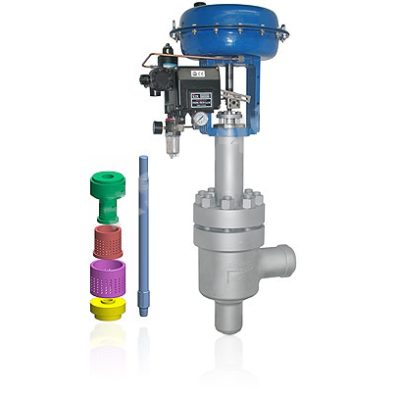
FAQ Socket Welds vs Butt Welds
Q1: What are the key differences between socket welds and butt welds in their application for ball valves and gate valves?
A1: Socket welds are typically used with ball valves and gate valves in low to medium pressure systems, where the joint design simplifies assembly and provides reliable sealing. Butt welds, on the other hand, are preferred for high-pressure or high-temperature applications, offering greater strength and resistance to stress. The choice depends on system requirements and the operational environment.
Q2: How do socket welds and butt welds compare in terms of maintenance for pneumatic valves and electric valves?
A2: Socket welds in pneumatic valves and electric valves are easier to inspect but may require more frequent checks for fatigue or cracking due to vibrations. Butt welds, though requiring advanced inspection methods like ultrasonic testing, are more resilient to stress in critical conditions. Maintenance schedules should reflect system demands and valve configurations.
Q3: Why might a flanged ball valve or butterfly valve be chosen over welded valves in certain industrial applications?
A3: Flanged ball valves and butterfly valves offer easier installation and removal compared to welded valves. These are ideal for systems requiring frequent access or replacement. However, for permanent systems, socket welds and butt welds provide stronger connections, making them better suited for demanding environments where leak prevention and structural integrity are critical.
Conclusion Socket Welds vs Butt Welds
Socket Welds and Butt Welds offer distinct advantages for industrial applications, with each suited to specific operational demands. Socket Welds are often favored for smaller valves like a pneumatic ball valve, 3 way ball valve, or electric ball valve, where simplicity in installation and reliable sealing for low to medium pressures are priorities. Butt Welds, on the other hand, are the preferred choice for applications requiring durability under extreme conditions, such as systems utilizing a globe valve or pneumatic control valve in high-pressure environments. Selecting the appropriate welding method depends on system demands, maintenance needs, and the nature of the industrial process to ensure optimal performance and long-term reliability.
Recap of key differences between socket welds and butt welds
Socket welds and butt welds differ in their applications and design. Socket welds are suited for smaller systems and simpler installations, often used in low to medium pressure systems. Butt welds are designed for high-pressure or high-temperature applications, providing stronger joints and better stress resistance. The choice depends on system conditions, operational requirements, and maintenance considerations.
